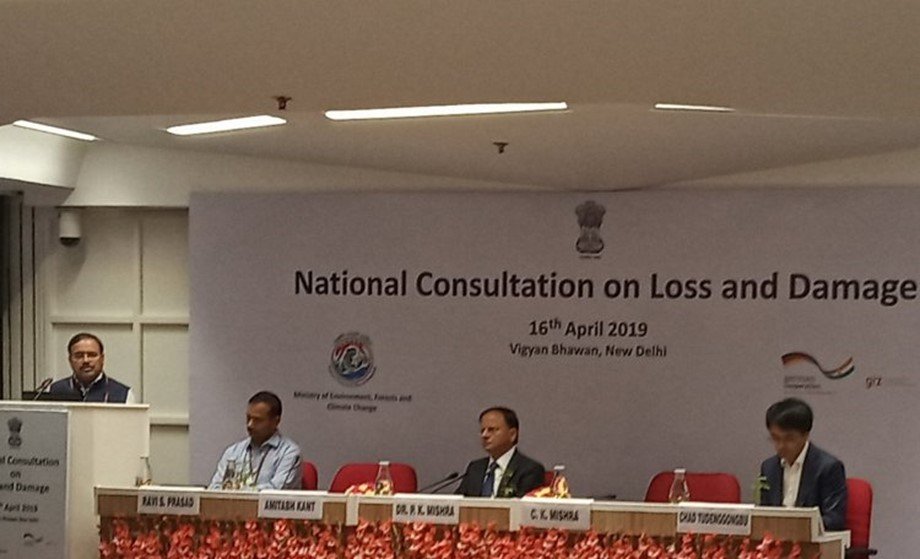India has been experiencing weather and climate related loss and damage, the Kerala floods and Ockhi being the rarest of the rare events and yesterday evening in Delhi NCR.
Given the evolving scenario, the past is no longer a good guide for the future.
Five principal challenges that need to be addressed,
- the need to understand not only the total quantum of loss but also its location, as well as impact on gender and social groups,
- the need to go beyond what is easier to measure, such as biodiversity loss, ecosystem services etc.,
- address the attribution of the loss and damage, generate scenarios for future situations and invest in adaptive capacities,
- the need to bring out clearly that loss and damage is not only an issue for small island developing countries, but also a critical issue in large countries too. India which has a long coastline with numerous islands and coastal cities and Himalayan states at the risk of glacier outbreaks.
- the need for the developed countries to show greater commitment to support the most vulnerable and developing countries, including financial and capacity building support.
India, being bigger than 23 European countries and having a higher rate of growth and population, is facing greater challenges as compared to developed countries. The need to follow low carbon sustainable pathway, poverty alleviation and addressing climate change impacts are to be prioritized.
The three critical elements for addressing the issue of loss and damage, include risk reduction through more plantation, risk retention and risk transfer through insurance and funding mechanism.

A one-day National Consultation on Loss and Damage, to deliberate and brainstorm on emerging perspectives on approaches to assess, minimize and address climate-related loss and damage, was hosted by the Ministry of Environment, Forest and Climate Change in New Delhi yesterday.
Reference- PIB report edited by Clean-Future Team






